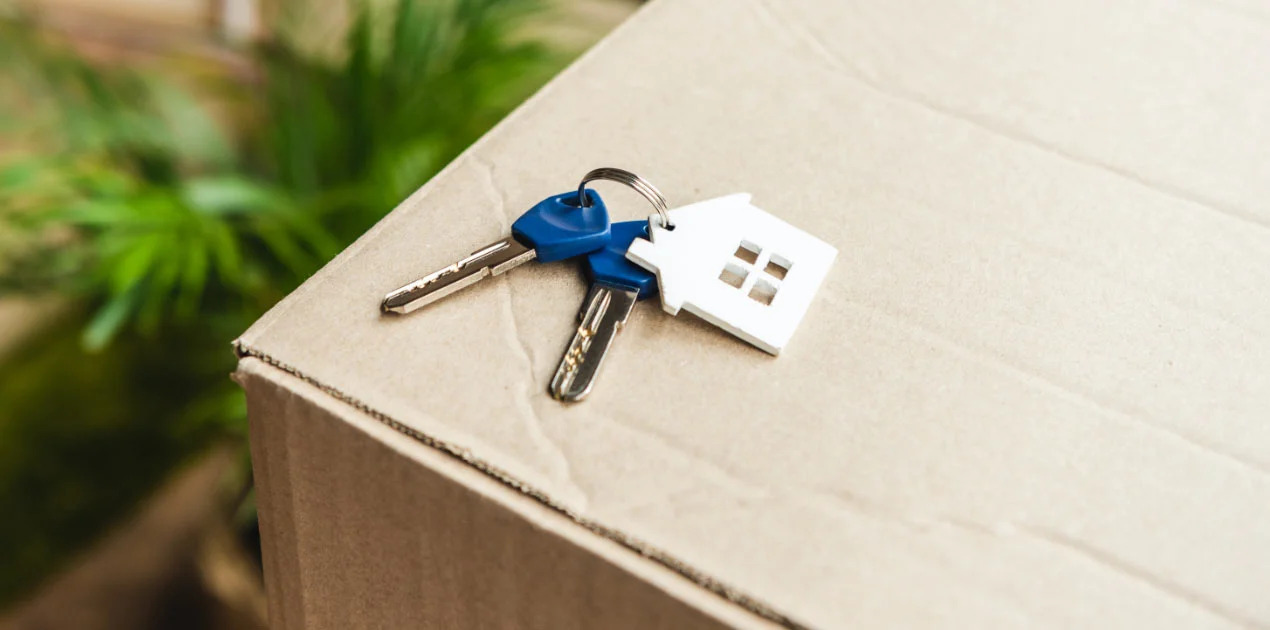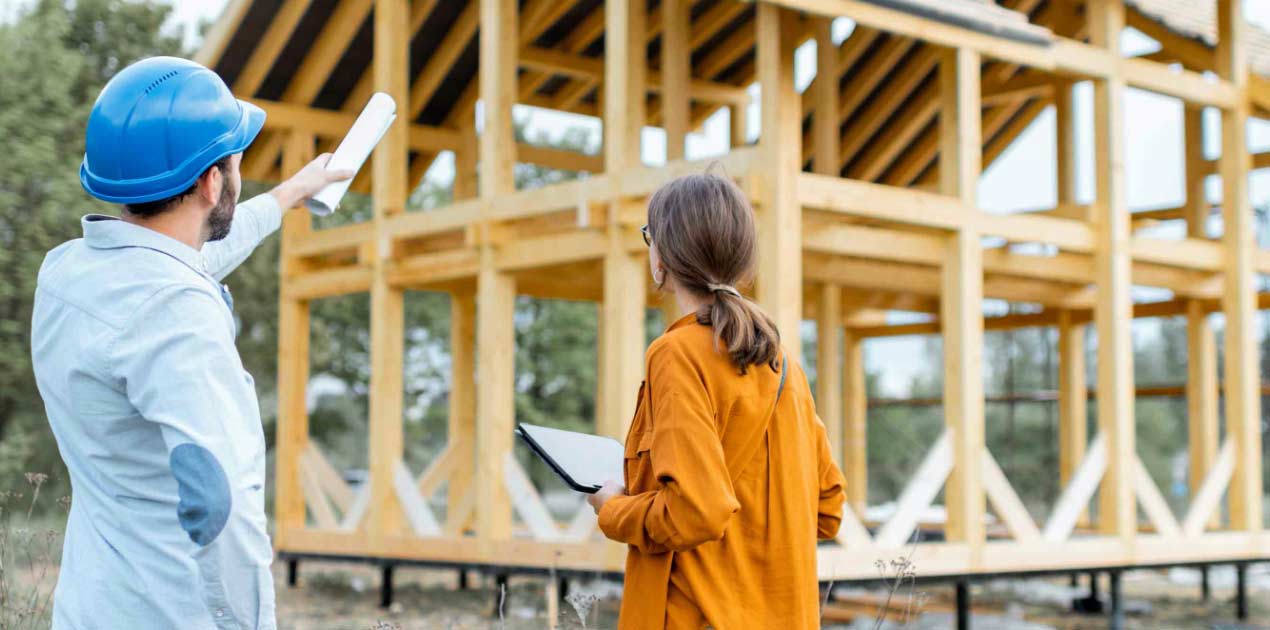Melbourne has snatched back its crown as Australia’s largest city, knocking Sydney off the top spot.
There are just 37,000 people separating Melbourne from Sydney – 4.929 million people versus 4.892 million respectively – according to the latest ABS data on population figures for significant urban areas for 2022.
The two cities seem to be constantly outdoing each other, last year Sydney took the top spot, while the year prior it was Melbourne which was home to the largest population.

However, the latest change is likely mainly due to a revision of the boundaries, which also sees the previously separate urban area of Melton drop off the list, as it’s now considered a part of Melbourne.
Despite Melbourne taking the latest title, NSW still dominates the list, with 18 of the top 50 urban centres located in NSW.
There are 11 in Queensland, 10 in Victoria, 5 in Western Australia, 3 in Tasmania and South Australia, and 2 in the Northern Territory.
These top 50 cities comprise 21,724,972 people in total, which is a whopping 83.6% of the population, proving that Australia is still a very urbanised country.
And the top 5 cities account for 61% of Australia’s population alone.
Here’s the full list:
| Urban Area | State | Population (2022) | 1-year change | 5-year change | |
|---|---|---|---|---|---|
| 1 | Melbourne | VIC | 4,929,201 | 1.10% | 7% |
| 2 | Sydney | NSW | 4,892,217 | 0.70% | 3.50% |
| 3 | Brisbane | QLD | 2,545,882 | 2.30% | 9.10% |
| 4 | Perth | WA | 2,205,223 | 1.50% | 8.70% |
| 5 | Adelaide | SA | 1,399,088 | 1.10% | 6.00% |
| 6 | Gold Coast – Tweed Heads | QLD | 716,186 | 2.00% | 9.10% |
| 7 | Newcastle – Maitland | NSW | 517,811 | 1.60% | 7.40% |
| 8 | Canberra – Queanbeyan | ACT | 493,435 | 0.60% | 8.70% |
| 9 | Sunshine Coast | QLD | 397,205 | 2.50% | 13.20% |
| 10 | Central Coast | NSW | 345,481 | 0.20% | 2.70% |
| 11 | Wollongong | NSW | 309,345 | 1.10% | 4.00% |
| 12 | Geelong | VIC | 295,077 | 2.00% | 12.80% |
| 13 | Hobart | TAS | 231,707 | 0.60% | 8.70% |
| 14 | Townsville | QLD | 184,313 | 1.50% | 2.80% |
| 15 | Cairns | QLD | 158,178 | 1.60% | 4.60% |
| 16 | Toowoomba | QLD | 146,955 | 2.10% | 8.00% |
| 17 | Darwin | NT | 135,982 | 0.50% | 0.60% |
| 18 | Ballarat | VIC | 114,103 | 2.10% | 10.10% |
| 19 | Bendigo | VIC | 103,733 | 0.80% | 6.40% |
| 20 | Albury – Wodonga | NSW | 98,607 | 1.00% | 6.80% |
| 21 | Launceston | TAS | 93,575 | 0.30% | 6.90% |
| 22 | Mackay | QLD | 86,890 | 1.70% | 7.30% |
| 23 | Rockhampton | QLD | 81,130 | 1.10% | 3.00% |
| 24 | Bunbury | WA | 80,106 | 1.10% | 7.20% |
| 25 | Bundaberg | QLD | 75,883 | 1.90% | 6.80% |
| 26 | Coffs Harbour | NSW | 75,016 | 1.10% | 5.50% |
| 27 | Hervey Bay | QLD | 59,678 | 2.50% | 10.30% |
| 28 | Wagga Wagga | NSW | 57,368 | 0.20% | 2.10% |
| 29 | Shepparton – Mooroopna | VIC | 54,280 | 0.60% | 5.40% |
| 30 | Mildura – Buronga | VIC | 53,948 | 0.50% | 4.10% |
| 31 | Port Macquarie | NSW | 51,154 | 2.10% | 8.60% |
| 32 | Ballina | NSW | 46,651 | 1.30% | 7.20% |
| 33 | Gladstone | QLD | 46,400 | 1.40% | 3.40% |
| 34 | Tamworth | NSW | 44,947 | 1.30% | 5.40% |
| 35 | Warragul – Drouin | VIC | 44,265 | 3.30% | 20.10% |
| 36 | Traralgon – Morwell | VIC | 43,462 | 0.80% | 4.10% |
| 37 | Busselton | WA | 42,786 | 2.10% | 11.00% |
| 38 | Orange | NSW | 42,351 | 0.50% | 5.40% |
| 39 | Bowral – Mittagong | NSW | 41,699 | 0.70% | 6.30% |
| 40 | Dubbo | NSW | 41,299 | 0.70% | 8.50% |
| 41 | Geraldton | WA | 40,666 | 1.00% | 5.40% |
| 42 | Nowra – Bomaderry | NSW | 39,418 | 1.20% | 6.10% |
| 43 | Bathurst | NSW | 37,856 | 1.00% | 4.50% |
| 44 | Albany | WA | 36,577 | 0.80% | 6.50% |
| 45 | Warrnambool | VIC | 35,847 | 0.30% | 2.80% |
| 46 | Devonport | TAS | 32,757 | 0.40% | 7.60% |
| 47 | Kalgoorlie – Boulder | WA | 30,443 | 0.10% | -1.00% |
| 48 | Mount Gambier | SA | 30,441 | 0.50% | 2.90% |
| 49 | Victor Harbor – Goolwa | SA | 29,428 | 2.00% | 11.10% |
| 50 | Alice Springs | NT | 28,922 | 1.10% | 7.10% |
Source: ABS
Australia’s population is on the rise
The data shows that population numbers have increased across all of the top 50 largest cities, a welcome change after the Covid-19 pandemic and sea- and tree-change shift saw people increasingly move to Queensland, and away from the lower states of Victoria and New South Wales.
The increases, particularly for Melbourne and Sydney are largely due to an influx of overseas migrants and natural increase which has helped to offset population loss from internal migration.

Plenty of areas have grown or shrunk in population but surprisingly, the majority have maintained their position on the list.
In fact, with the exception of the position swap between Sydney and Melbourne, the ranks of the remaining top 23 largest cities are all unchanged.
In terms of the fastest growth, Queensland cities (unsurprisingly) dominated.
Brisbane recorded a 2.3% year-on-year growth, while the Sunshine Coast and Hervey Bay enjoyed a 2.5% year-on-year uptick in population numbers.
But the largest increase was elsewhere – Warragul–Drouin in Victoria recorded a 3.3% increase in its population to 44,265 over the same period.
Other movers and shakers on the list
Bundaberg and Hervey Bay in Queensland both jumped up a couple of spots, due to the large growth that Queensland has seen in the last few years.
And Ballina, NSW, rockets up the list due to 32nd place, largely due to a boundary change – the Ballina urban area now includes Ballina Heights, Alstonville, and Wollongbar (but not Byron Bay which is separate and well down the list at #101, just scraping in about the 10,000 cutoff to be called a Significant Urban Area).
Geraldton, WA, rises to number 41 on the list due to a few tweaks and strong growth, now going ahead of Bathurst and Nowra.
Elsewhere, Warrnambool, Vic, and Albany, WA, swap places at number 44 and number 45 with faster growth in Albany.
Lismore, NSW, has dropped out of the list (now in position 52) as a result of the loss of population with last year’s devastating floods.
There are two new entries in the top 50 – Victor Harbor – Goolwa (49th place) is South Australia’s 3rd entry, and Alice Springs (50th place), the second entry for the NT.

Australian population growth vs. housing market
Population growth and overseas migration are still happening in 2023, and it’s actually speeding up.
According to the Australian Bureau of Statistics (ABS), in 2022 the population grew by record numbers – the largest ever recorded numeric increase in a calendar year.
Most of the increase came from 454,400 people moving in from other countries, and with fewer people leaving and many arriving, this added around 182,000 new households.
These excess gains are expected to begin easing in 2024 and 2025 but are likely to remain elevated in comparison to the pre-pandemic trend.
Going forward, Australia’s population is projected to reach between 37.4 and 49.2 million people by 2066 and then grow to over 50 million people by 2101, adding even more demand for housing.
The problem is that based on the official population change up to March 2023, it looks like around 226,000 more households would require homes.
However, Australia built approximately 170,000 new homes during that period, leaving a shortage of about 56,000 homes just based on population growth.
This means our housing supply shortage is only going to get worse, and more expensive.














